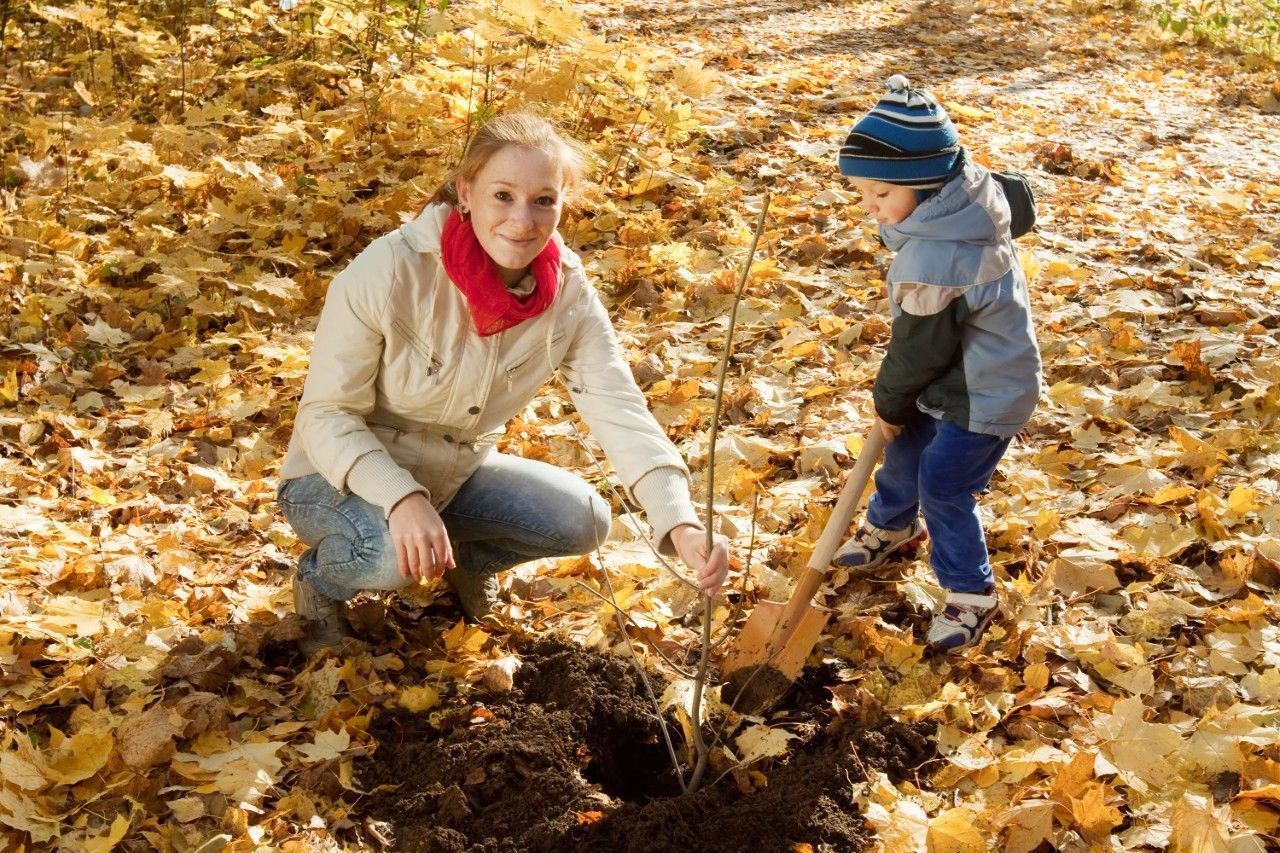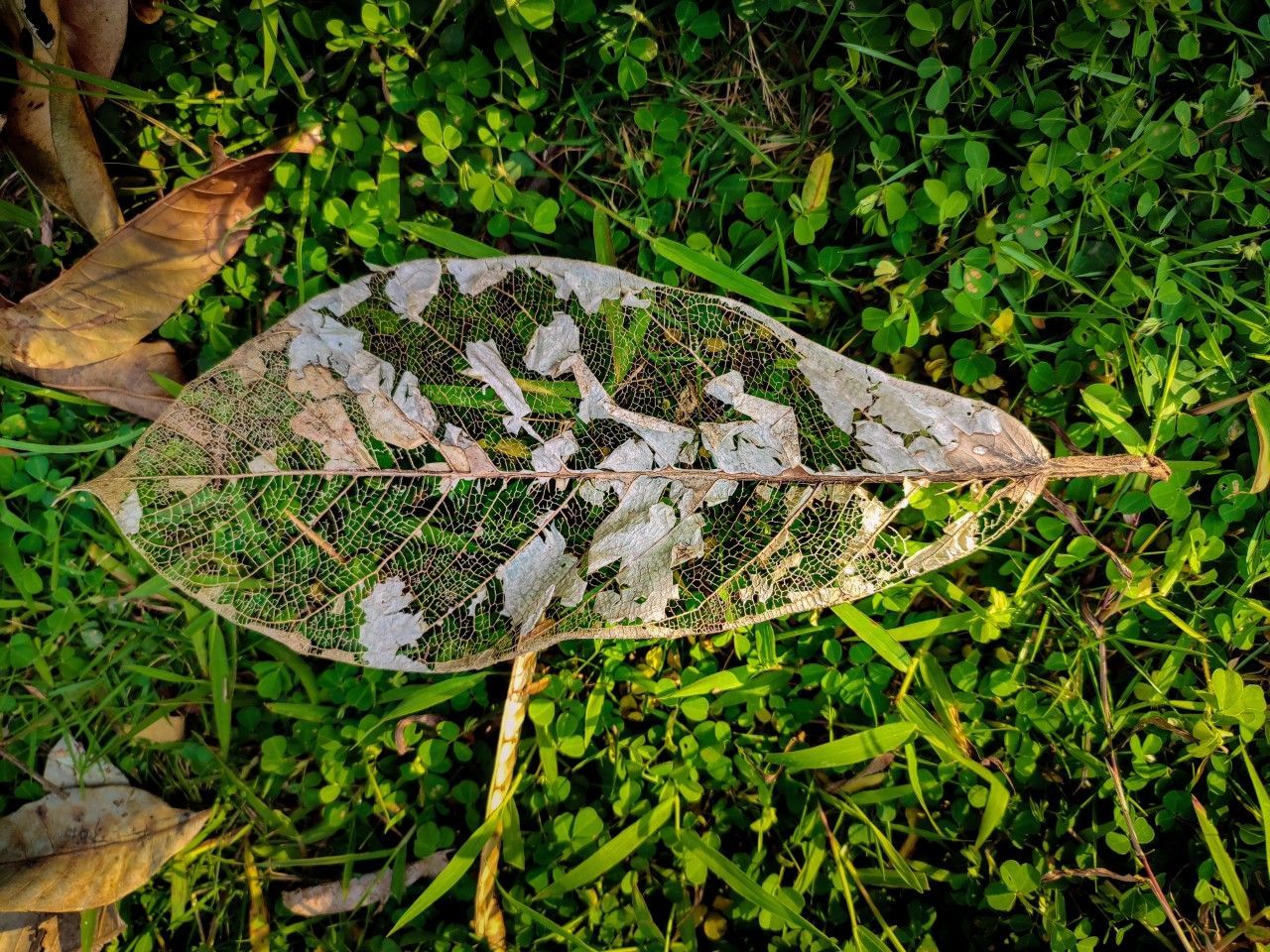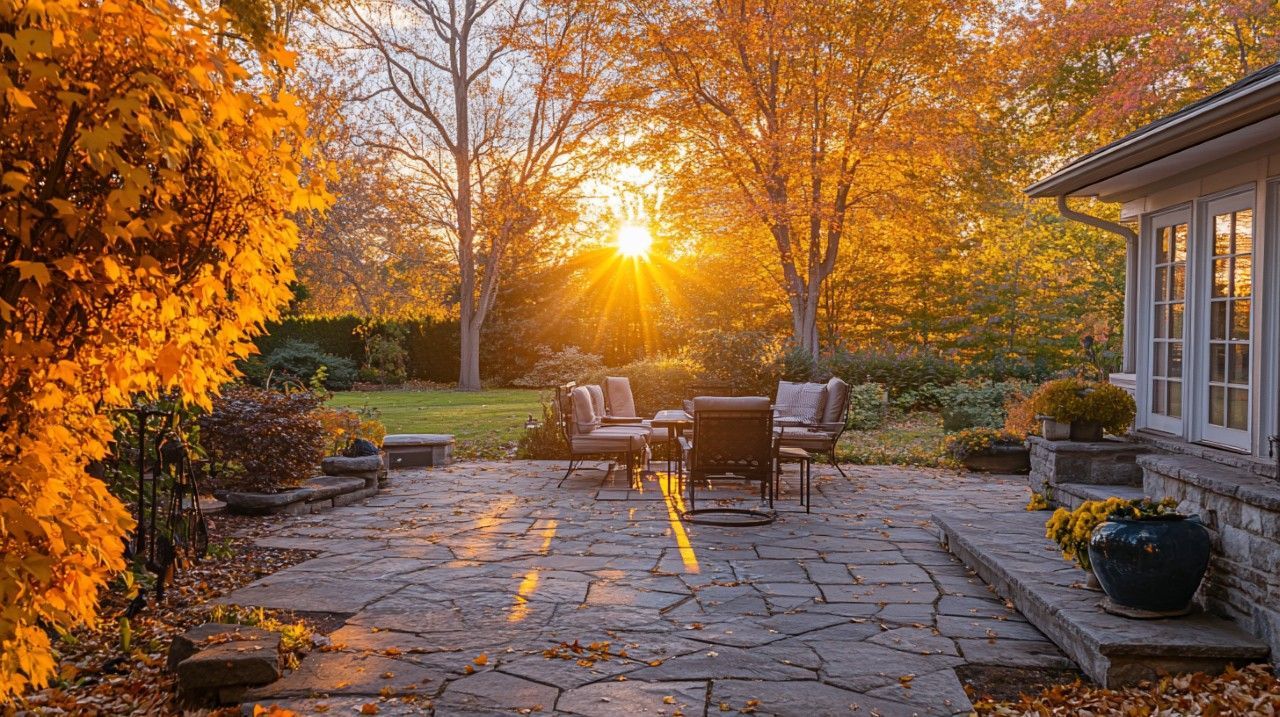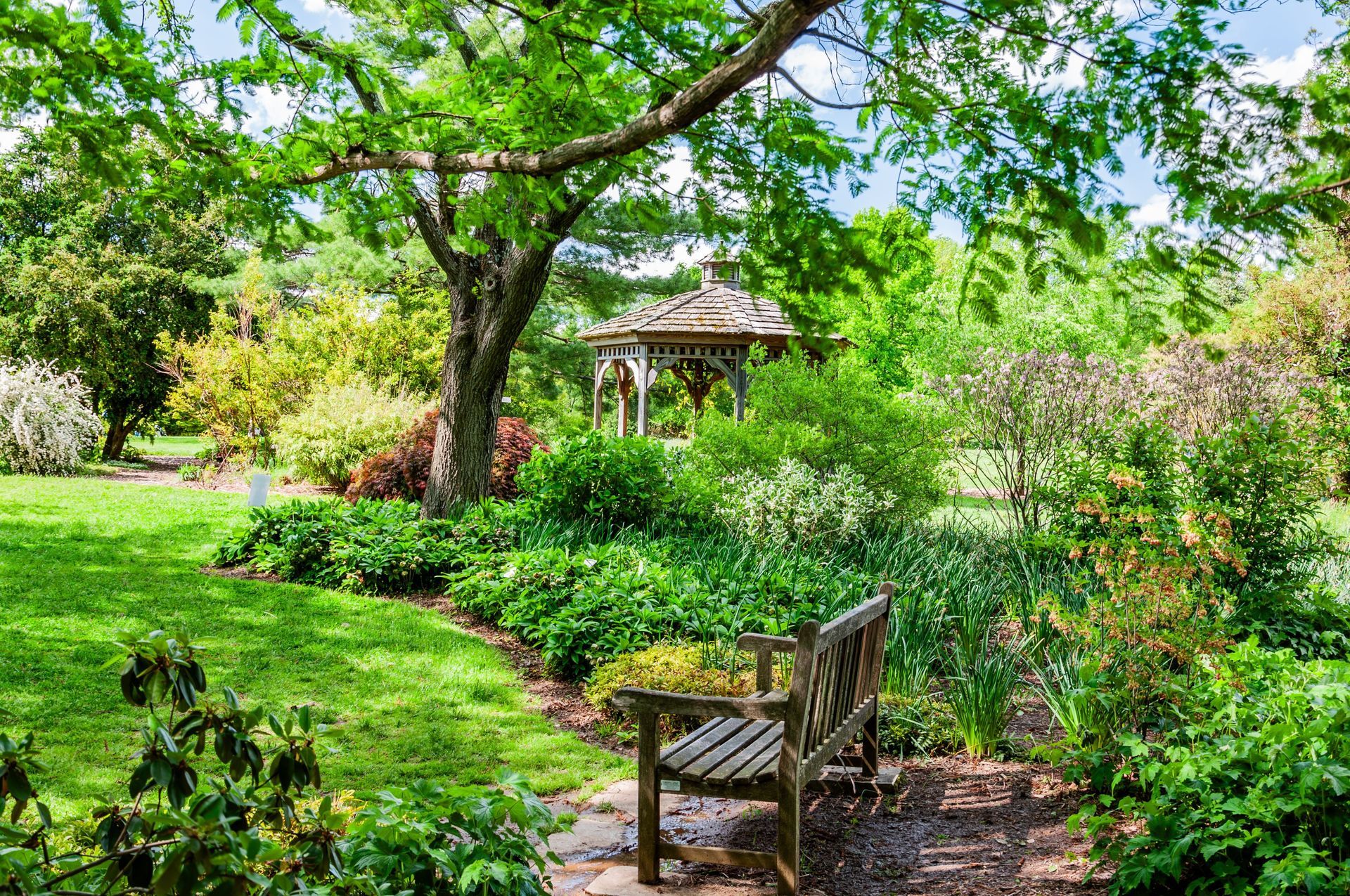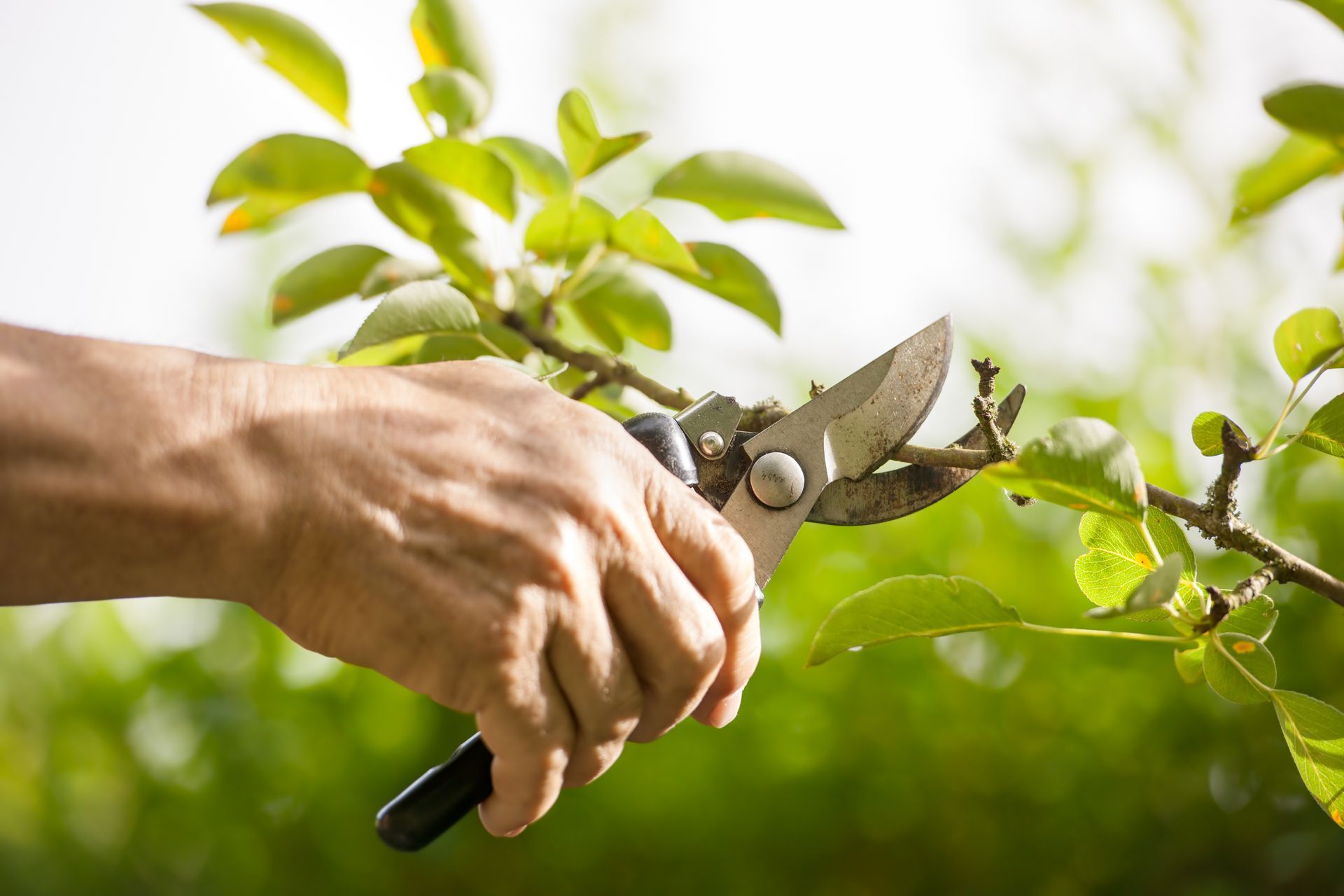Is Poor Soil Quality Stressing Out Your Trees?
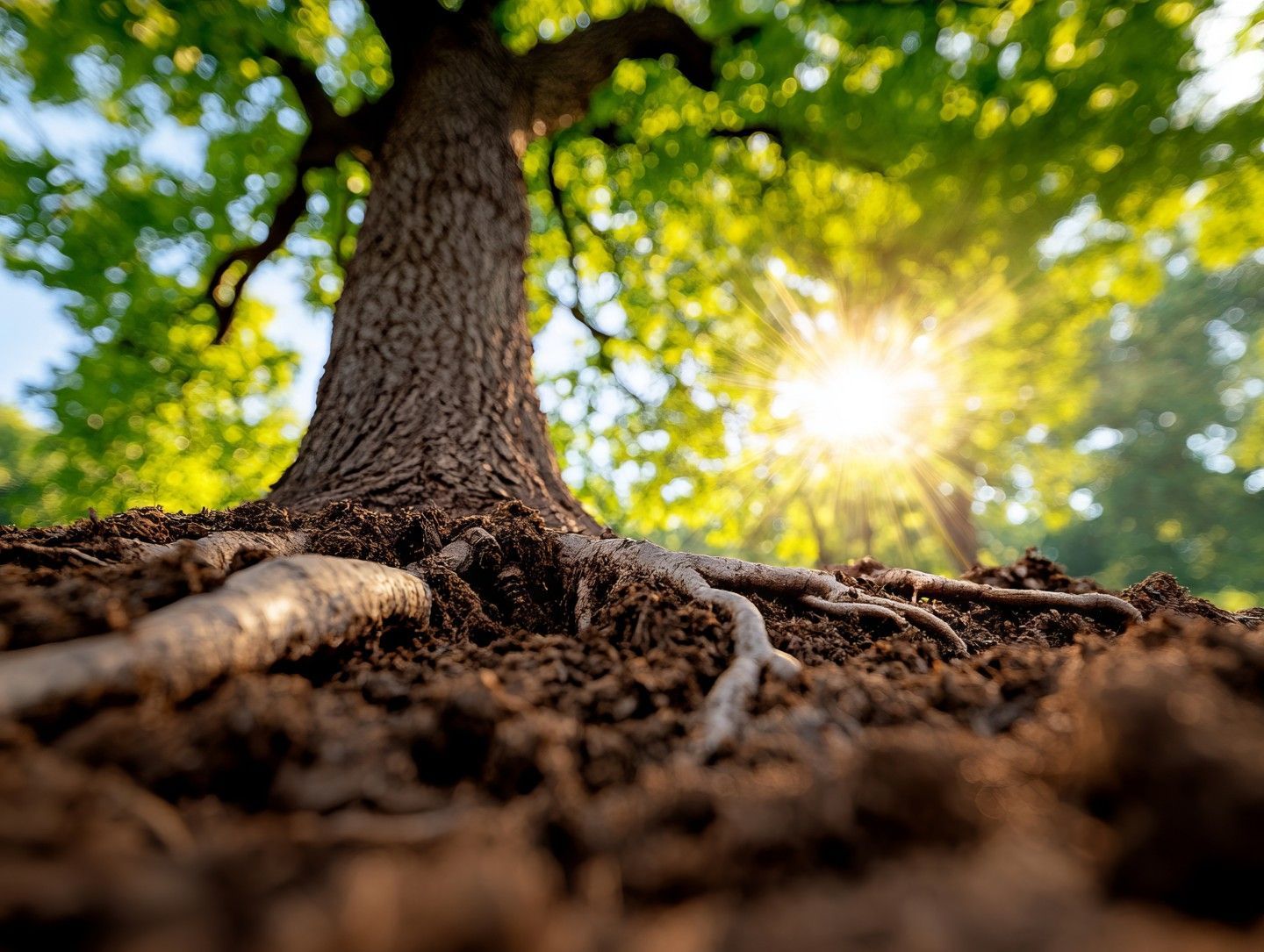
When most people think about tree health, they focus on what they can see above ground: leaves, branches, bark, maybe even the canopy’s shape. But the real story often starts below the surface. In many urban and suburban environments, poor soil quality is one of the most common and overlooked threats to healthy, thriving trees.
Why urban soils struggle
Unlike the rich, loose soils found in forests and natural settings, urban soils are often heavily compacted and lack the organic material trees need to grow strong. Construction, foot traffic, and even routine lawn care can press the soil tightly together, reducing its ability to absorb water and air. The result? A root system that feels like it’s trying to breathe through a straw.
If you’ve ever noticed trees in neighborhoods looking tired, stressed, or less vibrant than those in more natural spaces, compacted soil may be the culprit.
A simple DIY test
Here’s an easy way to check if your soil might be too compacted: Grab a Phillips-head screwdriver and press it into the ground. Ideally, you should feel little to no resistance for the first six to eight inches below the surface. If the tool stops quickly or takes significant effort to push down, your soil is likely compacted.
This compacted soil causes more problems than you might think, especially during rainy periods. Clay-heavy soils, which are common in many urban areas, don’t drain well. Instead of letting excess water pass through, they trap it, leaving roots in standing water. This “drowning” effect causes stress that affects the entire tree, from root to canopy.
Why it matters for your trees
Roots are the lifeline of your trees. When they’re stressed from poor drainage, compacted soil, or a lack of nutrients, the tree struggles to take in what it needs. You may notice signs like yellowing leaves, slow growth, or branches dying back. Left unchecked, these issues don’t just affect your tree’s appearance, they can threaten its long-term health and stability.
Ask yourself this question: Would you simply ignore the foundation of your house? For your trees, the soil is that foundation.
What you can do right now
While certain soil treatments—such as decompaction services—are best performed in specific seasons, there are still steps you can take today to support your trees:
- Mulch wisely: A layer of organic mulch around the base of your tree (but not touching the trunk) helps retain moisture, regulate soil temperature, and add organic material as it breaks down.
- Watch your watering: Avoid overwatering, especially in areas with poor drainage. Slow, deep watering encourages roots to grow deeper rather than staying near the surface.
- Reduce foot traffic: Try to limit heavy use around the base of trees, as repeated pressure compacts soil even further.
When to call the experts
Sometimes, the best thing you can do for your trees is get a professional opinion. A Certified Arborist can evaluate your soil conditions, check for signs of stress, and recommend a treatment plan tailored to your property. Whether it’s planning future decompaction services, improving drainage, or adjusting your care routine, the right approach can make a world of difference.
Healthy soil means healthy trees, which in turn create a more beautiful, resilient landscape for you to enjoy.


